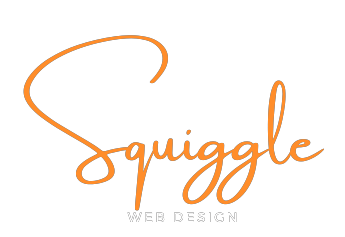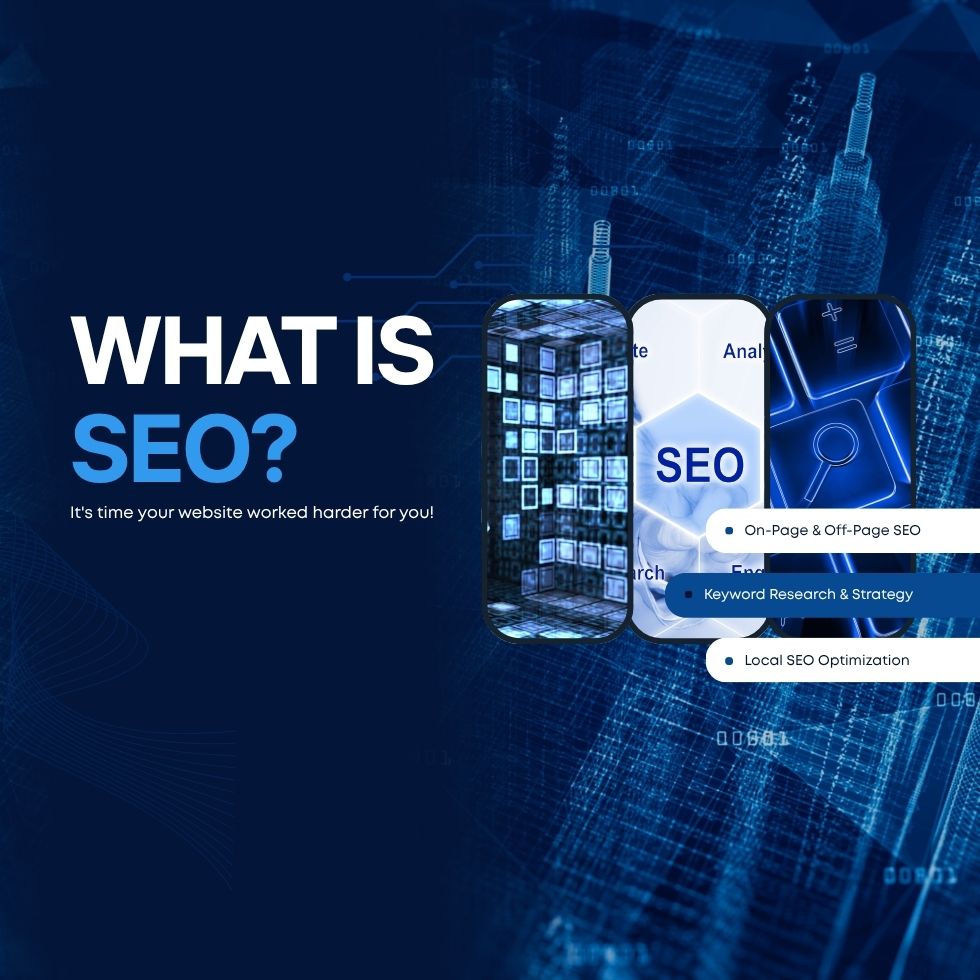Yes, it’s official; Google killed ChatGPT, well, sort of!
Key Takeaways
- Google’s latest update restricts AI tools like ChatGPT and Perplexity from accessing more than the top 10 search results, whereas before it was the top 100.
- Businesses currently ranking on page two or lower on Google will now be invisible to AI-driven answers.
- To stay visible, you need to focus on low-competition keywords and optimise page-two content for page-one positions.
- Small, consistent SEO improvements now have bigger rewards than ever before.
It’s the Update Everyone’s Talking About
At least, that’s how many in the digital marketing world are describing the latest update. Google has made a major move to limit how much information AI platforms like ChatGPT, Perplexity, and other SEO software can access from its search engine.
Until now, tools like ChatGPT were quietly learning from Google’s data. When you asked ChatGPT a question, it didn’t magically “know” the answer; it scanned the web (including Google’s indexed pages) and returned what it found.
But that’s about to change.
Google has cut off AI access beyond the top 10 results, meaning that ChatGPT can now only “see” the first page of Google results, not the top 100 as before.
Why Google Killed ChatGPT (and Others)?
Well, think about it. Why would companies like OpenAI spend billions crawling the entire internet when Google has already done the heavy lifting?
By leveraging Google’s existing index, AI tools were essentially learning from Google’s data for free. They’d review the top 100 results, analyse what ranked best, and then summarise or draft it in their own way.
Google’s response is both defensive and strategic:
- It’s protecting its search dominance.
- Preventing AI from training on their data.
- Forcing businesses to stay competitive in Google’s own ecosystem.
So, in short, yes, Google killed ChatGPT search ability; it protected its empire.
What This Means for Your SEO
Here’s the critical bit!
If your website currently ranks on page one, congratulations, woohoo, you’re safe.
But if your content lives on page two or beyond, you’ve effectively vanished from AI-driven results. ChatGPT, Perplexity, and similar tools can no longer “see” you.
That means when people ask ChatGPT for advice, recommendations, or local businesses, your brand won’t appear unless you’re already among Google’s top 10 results.
How to Take Advantage of the Update
Before you panic, there’s good news: you can use this to your advantage, honest!
- Go After Easier Keywords
Most people target big, high-volume keywords, the ones with thousands of searches per month. But those are expensive, competitive, and slow to rank.
Instead, focus on low-competition keywords with 20–100 monthly searches. These “hidden gem” keywords are easier to win and still bring in qualified traffic.
Over time, stacking lots of small wins can drive far more conversions than chasing one impossible term.
- Upgrade Your Page-Two Content
Open Google Search Console, go to Performance → Queries, and sort by position. Look for anything ranking between positions 11–20. These are your page-two opportunities. Add your target keyword naturally into your:
- Title tag
- Meta description
- H1 heading
- And once or twice in the body text
Even a few small tweaks can move a post from page two to page one, unlocking both Google traffic and AI visibility.
So, Does Google Want AI Content?
Yes, but with conditions. Google has made it clear that it’s not against AI-generated content. What it cares about is usefulness and authenticity.
In Google’s own words:
“Appropriate use of AI or automation is not against our guidelines. It’s about the quality of the content, not how it was produced.” That means AI can be part of your content strategy as long as:
- It’s reviewed and edited by a human
- It’s accurate, original, and adds real value
- It demonstrates expertise or local insight
- It doesn’t mislead readers or repeat what’s already online
Here’s how to tell whether you’re using AI the right way:
Good AI Use | Bad AI Use |
Using AI to brainstorm ideas or outlines | Publishing raw AI text without editing |
Adding your voice, brand tone, and perspective | Copying AI content from other sources |
Fact-checking and refining for accuracy | Posting generic “thin” articles for SEO |
Combining AI speed with human judgement | Using AI to write everything automatically |
Google doesn’t penalise AI content; it penalises bad content. If your writing is helpful, fact-checked, and sounds like you, it still has every chance to rank well.
How to Take Advantage of the Update
Here’s how to turn this change into an opportunity:
- Audit your content — make sure it offers genuine value and not just filler.
- Focus on user intent — create blogs and pages that answer real questions.
- Show your expertise — add author bios, credentials, and regional relevance.
- Use AI wisely — let it help with structure and ideas, but make it unmistakably human.
This isn’t the end of AI tools like ChatGPT. But it does mark a turning point. Google’s update forces all businesses, creators, and marketers to get serious about organic rankings.
Because now, being on page one doesn’t just mean showing up on Google. It means showing up everywhere AI looks for answers. If you’ve been putting SEO on the back burner, now’s the time to act.
Focus on quality, intent-driven content. Build authority. And remember, you don’t have to chase massive keywords to make a massive impact. The winners in this new search landscape will be the ones who adapt early and optimise smartly.
Ready to Get Seen Again?
If your website isn’t showing up on page one or in ChatGPT’s results, I can help.
From SEO strategy to keyword research and optimisation, I’ll make sure your business stays visible where it matters most.
Let’s get your business back in front of both Google and AI.




